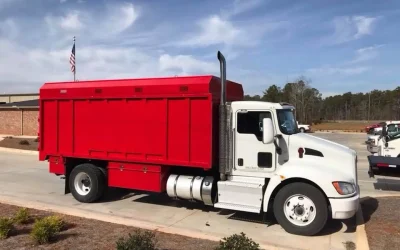Many industrial and manufacturing material processing operations require the cutting of hard materials such as rock, stone or metals. The two leading methods of cutting these materials are carbon dioxide laser cutting and water jet cutting. CO2 laser cutting involves the use of an infrared light. A gas laser is the heart of the energy source and is transmitted by beams that are guided for positioning by mirrors. Fiber optic transmission is not possible with CO2 laser cutting. Water jet cutting is a process whereby a jet of water pressurized via a high pressure pump to as much as 60,000 pounds per square inch (psi) is used to cut the material. The water is transmitted though extremely rigid hoses designed to handle the volume and pressure of the water inside with little to no flexing.
There are many factors to consider when determining which method of cutting to use. CO2 laser cutting has broad applications in addition to basic cutting including drilling, ablation, structuring, engraving and welding. Water jet processes are best for structuring, ablation and cutting so this technology is more defined in scope. Laser cutting or processing can be done well on a broad range of materials including wood, glass, plastics and most metals, except for those that are highly reflective. It is common to see this method used for cutting flat sheets of steel that have a medium thickness in order to prepare for metal processing. The use of high pressure water to cut is well suited to any material at all, giving it a broad application range and a reason for its popularity in industrial settings. Common uses here include the cutting of ceramics, stones and metals of varying thicknesses.
Another advantage to the use of water pressure cutting over CO2 laser cutting is the ability for three dimensional cutting. This is difficult if not impossible to achieve with the carbon dioxide laser process due to the rigidity of the beam guidance as well as the distance regulation ability. With waterjet cutting, three dimensional cuts are possible to some degree as the residual energy that is left behind the material is destroyed. Similarly, a CO2 laser does not allow for the cutting of sandwich structures with cavities yet a water process does provide some basic ability to achieve this.
Water jet cutting in Auburn, WA is a highly refined process that allows many specific and niche applications and types of cuts to be made. Its flexibility and comparable price to that of laser cutting have helped it to become a primary cutting method for industrial uses.
Specialty Metals offers water jet cutting machines which can be used for any material and provide a wide range of cut features for desired needs.



